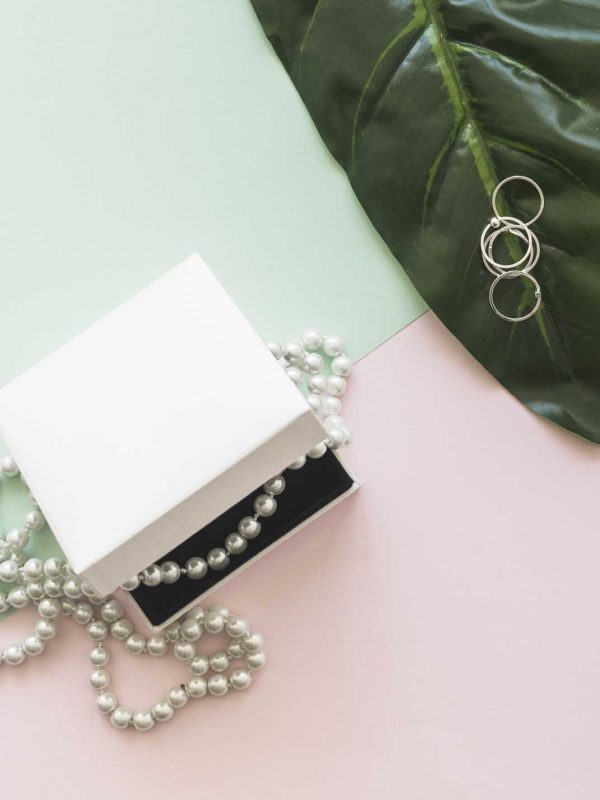Top tips for buying pearls

"OK "she said "not too much info, just the facts! I'm not taking a degree in Pearl farming, I just want to know a bit about them before I buy them.
I get the message -lets do this the easy way. First of all forget about natural pearls, they don’t really exist these days, all gone and if there are any around you need lots of € or $000,000. We’re in the cultured pearl days, all pearls are cultured so that means they are grown with some input from us. Two types of cultured pearls. There are the freshwater cultured pearls -grown in freshwater ponds, lakes, streams, and the sea water pearls -grown -yes you got it – in the sea.
Freshwater pearls are available, easier to grow, and great value. But the sea water cousins are fabulous pearls with deep lustre-the shine and reflection off a pearl- large size and luxurious look. So is it better to go for the sea water pearls -the Akoyas, South Sea, Tahitian? Well, big difference is the price. They are around 8 to 10 times the price of Freshwater and more…
So the trick is to look for and find good Freshwater pearls. And what to look for in Freshwater pearls? Well the GIA (Gemological Institure of America and yes I’m a graduate with a Diploma in pearls from them) set out some quality points in choosing pearls. These are:
Size-you want your pearls to be of a certain size and measured in mm’s. For necklaces you want 6-7 mm for a small pearl and 10-11 mm for a classic large pearl necklace. Some pearls now are really big and look great. We have some 12mm Baroque pearls which are stunning. But get familiar with what is 5mm or 10 mm and then you can judge what size suit you.
Shape-a small percentage of pearls grown are perfectly round. These tend to cost more than the off round pearls. So decide if you want perfect round pearls on your necklace or bracelet or earrings or if you like the slightly off round shapes, which for many give a pearl a more authentic look and is more interesting. There are also button, drop, oval, and baroque shapes.
Colour-pearls come in a variety of colours: white, grey, black, silver, cream and brown and a range of different hues of each variety. The most common colour is white or cream. Many of the freshwater pearls that come in a variety of colours may have been dyed.
Lustre or luster-the intensity of the light reflected off the surface of the pearl. ( she’s rolling her eyes at me now-am I getting too technical? stick with it -it will help in the long run) Luster is the key for a good pearl. It’s what gives a pearl that special look-it’s what you want a pearl to be good at. As we said before the Sea water pearls tend to have great luster – but not guaranteed. Freshwater ones can also have great luster-you just need to look for it.
Surface-have a close look at the surface of the pearl.You will see some small blemishes. The classification is: clean, lightly spotted, moderately spotted, heavily spotted.
Nacre thickness- is the surface chalky, can you see a bead through the nacre or is it clear and glowing?
Matching-how well are the pearls matched for a piece of jewellery? Excellent to poor.
Our view here at ilovemypearls is that you can get really good quality freshwater pearls and we go looking for those. We check the quality and try and bring these into our workshop for our jewellery. As you can see we have a variety of freshwater pearls and a range of prices. So if you want to know what a really good freshwater pearl looks like then go to our top of the range necklace and see the quality points. If you want to see a really good quality but not all the same shaped pearls then look at our 10-11 mm classic pearl necklace. So you will see on our site lots of variety. But all our pearls are chosen for their quality at a certain price point.
